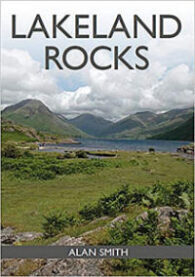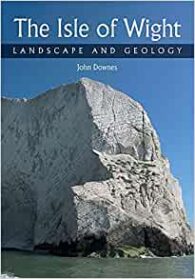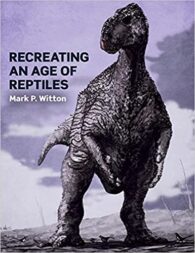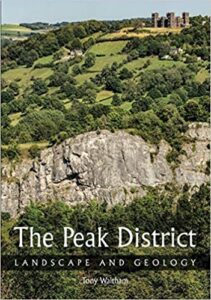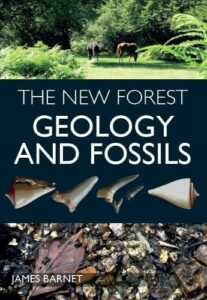There are many good guides the geology of the Lake District and this is no exception. It is an illustrated guide to the region’s rocks and an introduction to the common rock types to be found, largely through the use of colour photographs. It also explains how they fit in with the Lake District’s geological history.
